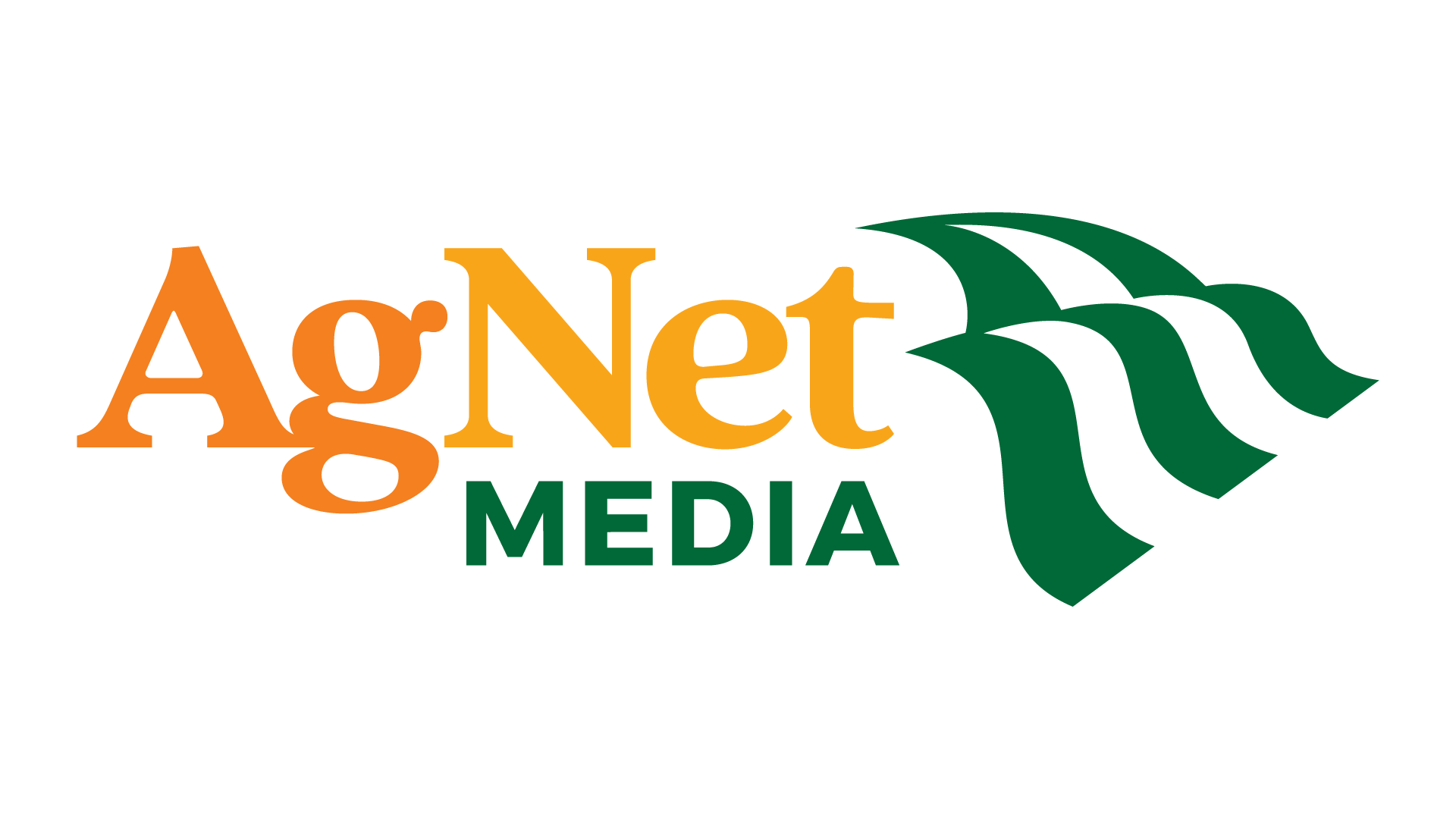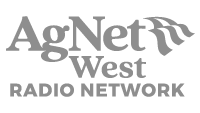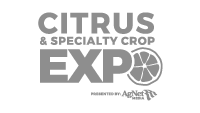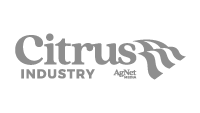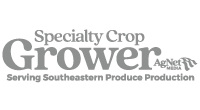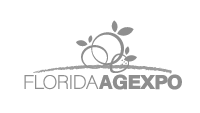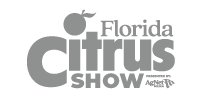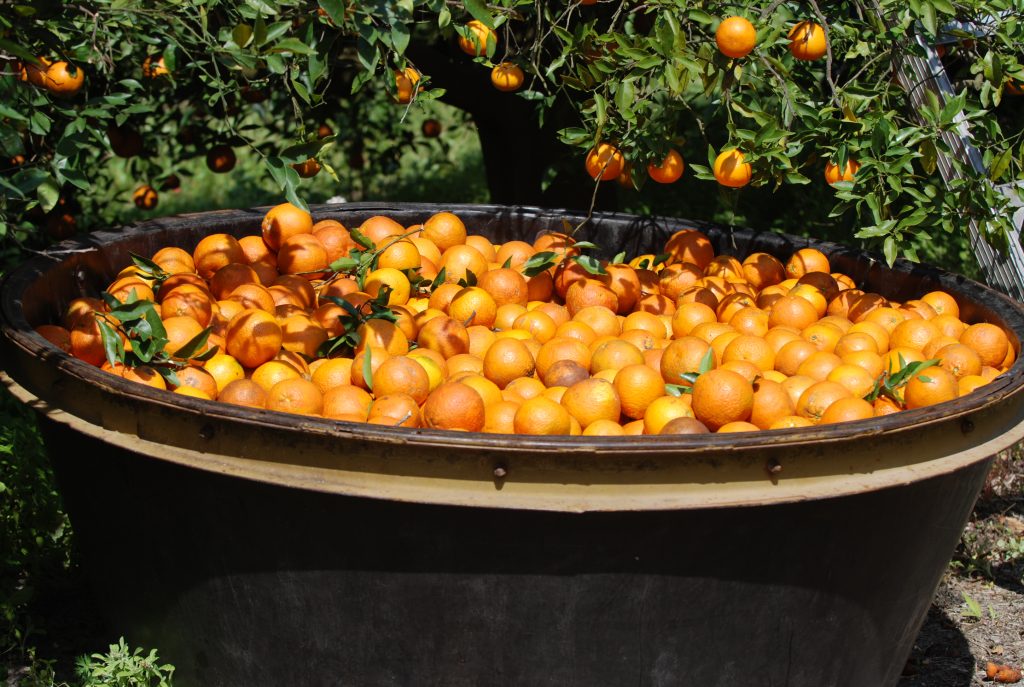
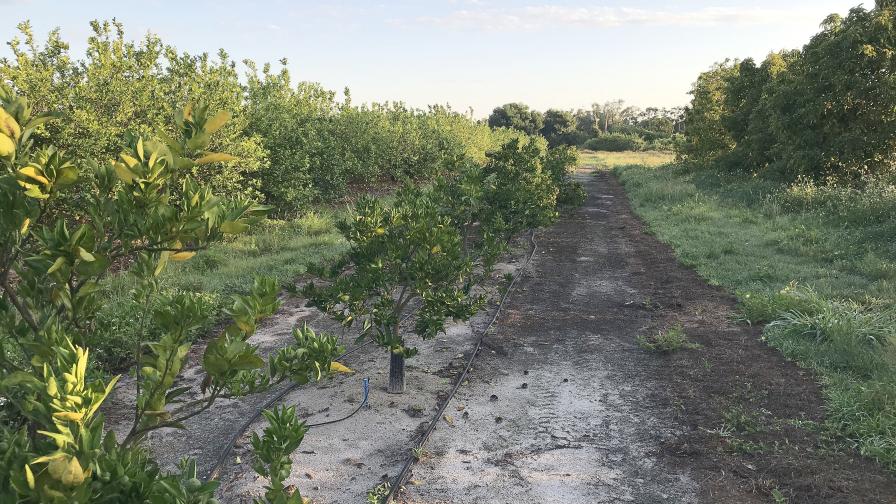
This citrus variety imported from Asia is a prime candidate for observation, evaluation, and possible commercialization.
Photo courtesy of NVDMC
Building Relationships is Key
Historically, NVDMC has relied on input from the local breeding teams and researchers whose academic and professional relationships uncover potential candidate material for importation. This can be a time-consuming and costly process, so we take great care to eliminate the “long-shots” and focus more on varieties with the lineage and traits most likely to acclimate to Florida conditions. Growers, processors, nursery teams, and packers also have been helpful in this process. International meetings and conferences often include tours and opportunities for networking and discussion. Such events have revealed information on potential breeding parents, commercial varieties, experimental varieties, production and irrigation models, pruning techniques, quarantine/cleanup and release processes, and so much more. Unfortunately, even before COVID-19 altered our lives and clamped down on our travel and interaction with other global citrus production areas, HLB constrained budgets and diverted funds to what were deemed to be more pressing needs. Funding for exploration was viewed as “a luxury for better times” and was scrapped. If you consider the brief history above and overlay it with NVDMC’s increased emphasis on varieties for the processed sector, new opportunities come into focus. Though travel remains sketchy and inconsistent, information continues to change hands. Publications, Zoom/phone calls, and allied partners continue to illuminate citrus varieties that should be under consideration.We Can Help
Some of these varieties may be public domain, some may be proprietary, and still others may be in private or public breeding programs. Regardless of the source, the thought of negotiations, legal and regulatory documentation, import requirements, nursery agreements, budwood increase, production of trial trees and Material Transfer Agreements for field observation can be daunting. NVDMC would like to offer its services in this regard. NVDMC has a range of documentation templates and a legal team experienced in domestic and international arrangements. NVDMC can work with Florida Department of Agriculture and Consumer Services Division of Plant Industry to facilitate importation and work with growers to secure evaluation of promising material. This can be accomplished regardless of its stage in the evaluation or commercialization process. Liam Neeson must have worked in Florida citrus varietal exploration, as he stated in the movie “Taken,” “I don’t have money. But what I do have are a very particular set of skills, skills I have acquired over a very long career.” https://www.youtube.com/watch?v=jZOywn1qArI There you have it. We don’t have money either, but we have an informed and connected industry, well-traveled research teams, and an established process for making this happen.You Can Help
When you are engaged with producers, marketers, processors, researchers, packers, breeders or any other person or entity that may have knowledge of a citrus variety or experimental selection that appears worthy of consideration, please gather as much information as you can. This may include:- Country and region where it is located
- Person, institution, or company — including a contact name, phone, and email
- Description of the material and special characteristics or traits that make it a subject of interest — the focus can be traits, disease tolerance, or any combination thereof
- If known, is it commercial or experimental?
- Is it public domain or proprietary?
